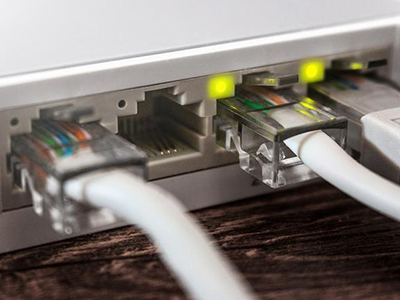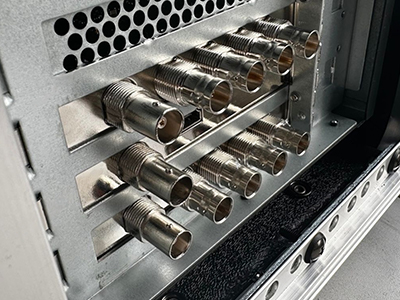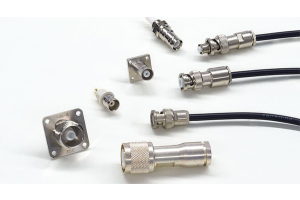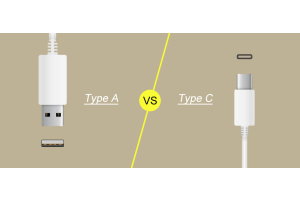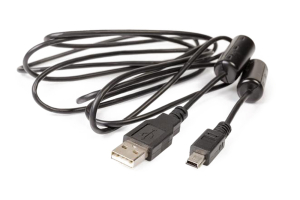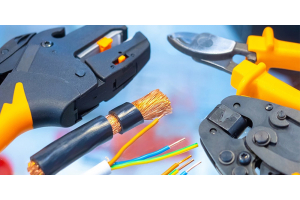4 Common Communication Interfaces
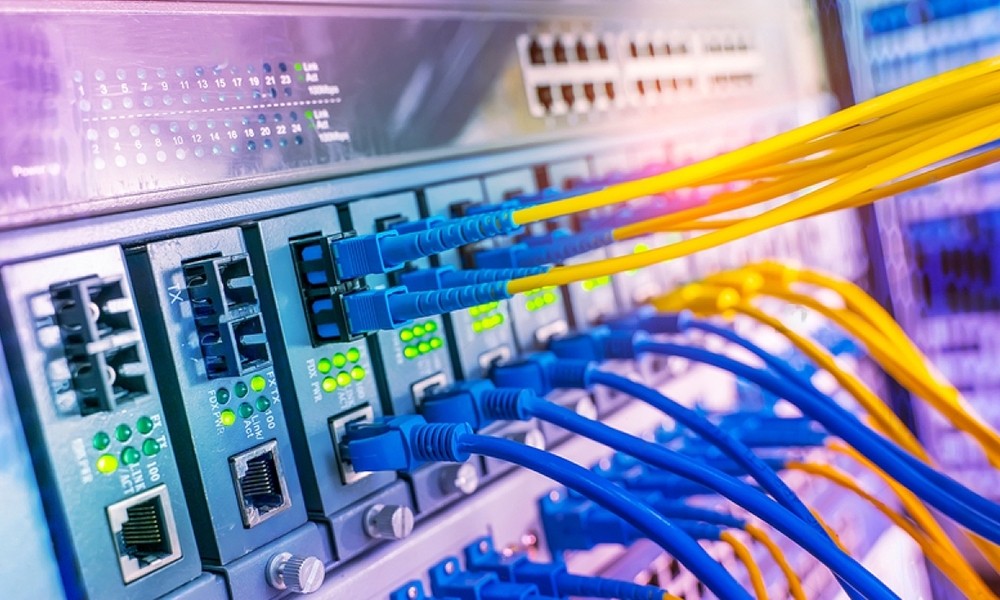
A communication interface is an interface used for data transfer and communication between devices. Common communication interfaces include USB interface, HDMI interface, VGA interface, Ethernet interface, wireless network interface, etc. These interfaces can be used to connect computers, external devices, network devices, monitors, printers, etc. to realize data transmission and communication functions.
With the development of electronic technology and market demand, various instruments are increasingly used in automated control equipment and monitoring systems in different fields. Good communication must be maintained between systems and components for data transmission, and advanced communication protocol technology can ensure this.
Communication protocol is the agreement on data format, synchronization, transmission speed, error detection and correction methods, and control characters. It must be abided by for communication between different devices and systems. Reasonable application of communication protocols in new product development can make product design more flexible and convenient, expand product use, and enhance market competitiveness.
Role of the Communication Interface
The main roles of the communication interface as a bridge between communication devices include the following:
- Transmission of Signals: Converts digital signals from the sender into signals suitable for the transmission medium and sends them to the receiver.
- Protocol Conversion: to realize the conversion of communication protocols between different communication devices, so as to meet the needs of various applications.
- Level Matching: Match the signal levels according to the electrical characteristics between different communication devices to ensure the correct transmission of information.
- Enhanced Data Security: Provides encryption, authentication and other functions to ensure the security and integrity of communication data.
- Simplified Connection: Simplifies the connection between devices and improves interoperability through a common standard communication interface specification.
Common Communication Interfaces
The RS-232-C interface is currently the most commonly used serial communications interface. It was developed in 1970 by the U.S. Electronic Industries Association (EIA) in collaboration with the Bell System, modem manufacturers, and computer terminal manufacturers to establish a standard for serial communications. The standard specifies the use of a 25-pin DB25 connector, with each pin's signal content and signal levels stipulated.
The interface allows for simple serial communication, enabling point-to-point bidirectional communication with a PC host using a crossover cable. While the cable cost is low, the transmission speed is slow, making it unsuitable for long-distance communication. Consumer PCs are gradually phasing out this interface, but they remain in use on industrial control computers and some communications equipment. Industrial control computers can directly utilize the serial port upon system installation and driver setup. In addition, there are many popular serial debugging tools available for testing instruments. It is relatively simple for the user to develop a communication program for this interface.
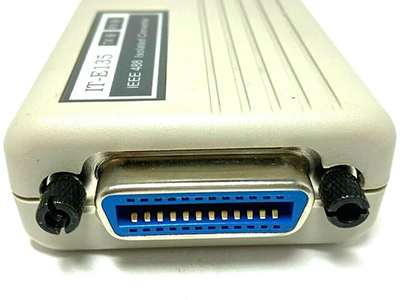

IEEE-488 (GPIB) Interface
The most important feature of GPIB is that it can be used to connect several instruments on a single bus to form an automatic test system. The communication rate is low, commonly used to send control commands, applicable to the laboratory or production site with slight electrical interference. Since ordinary PCs and industrial controllers rarely provide GPIB interfaces, it is necessary to purchase a special control card and install the driver to communicate with the instrument.
Most of the current equipment is equipped with an ethernet interface, which is characterized by flexible networking, multi-point communication, unlimited transmission distance, high speed and other advantages, making it the current mainstream communication method. The role of the interface itself is mainly used for the router to connect with the LAN. However, there are various types of LANs, so this also determines that the LAN interface type of the router may also be diverse. Different networks have different interface types. The common Ethernet interfaces are mainly AUI, BNC and RJ-45 interfaces, as well as FDDI, ATM and fiber optic interfaces. In the instrument industry or system integration industry, most of the engineers will also choose to write commands through the network interface to control the instrument.
USB stands for Universal Serial Bus and is a standardized interface for transferring data between computers and external devices. It can be connected to a variety of devices, such as printers, mice, keyboards, cameras, portable hard drives, flash drives, etc. USB interfaces are characterized by easy plugging and unplugging, fast transfer speeds, support for hot-plugging and so on. Currently the commonly used USB interface standards are USB 1.0, USB 2.0, USB 3.0 and USB 4.0.


Summarize
The choice of communication methods should be based on the needs of different scenarios. For situations where the rate requirement is not high and a single host and instrument are involved, serial communication can quickly initiate measurements. When multiple instruments such as calibration sources, signal generators, etc. need to be connected at the same time and they provide GPIB interfaces, it is recommended to use GPIB interfaces to form a small network. For the recommended connection method, the Ethernet interface can be used for short distance communication, connecting directly to an industrial controller or laptop, while for long distance communication, the flexibility of controlling multiple instruments from one host can be realized by adding a switch. This choice takes into account factors such as the communication rate, number of connections and distance to meet the needs of different environments.


